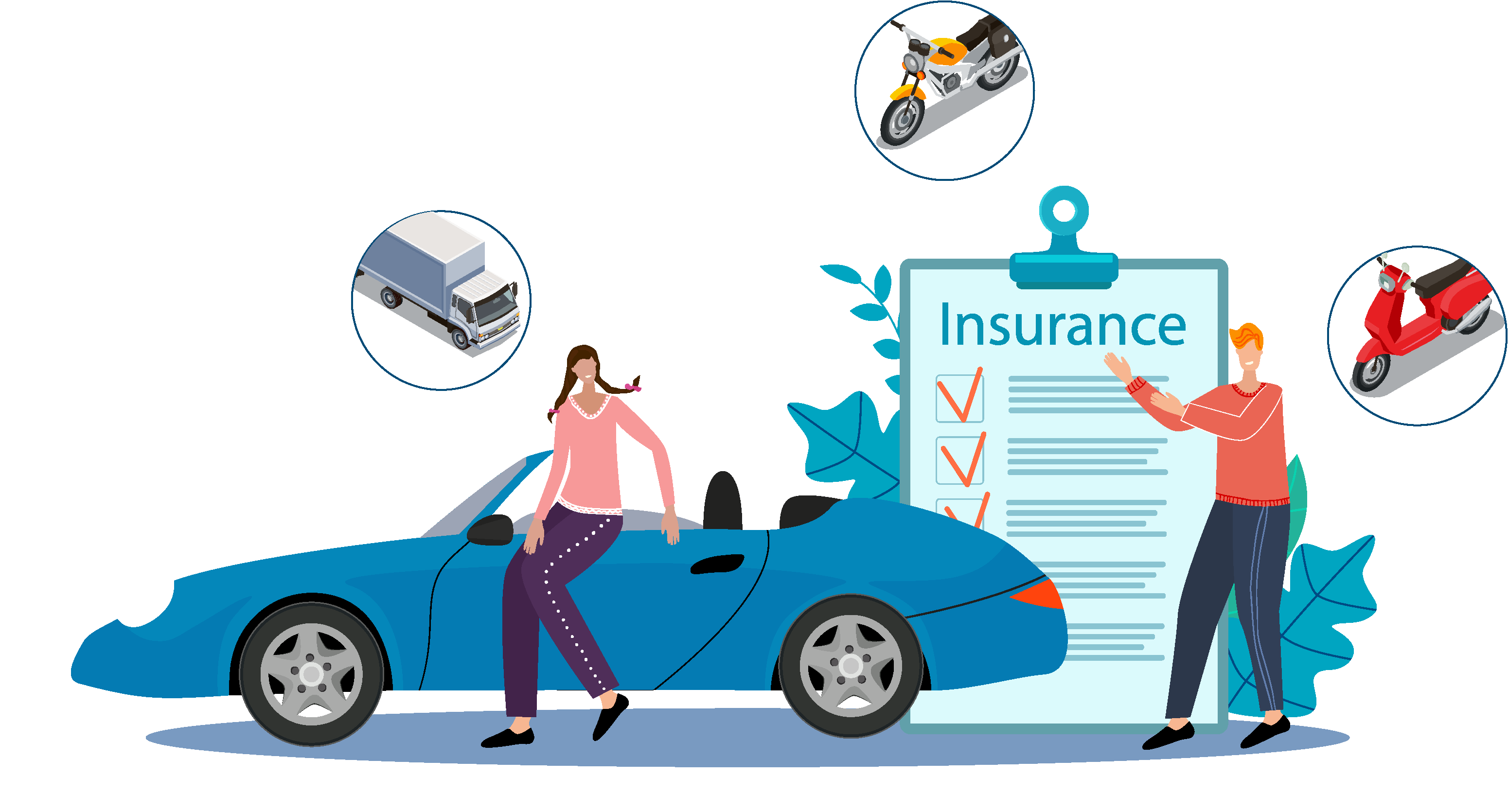Navigating the Road of Vehicle Insurance
Vehicle insurance is a critical component of responsible vehicle ownership. Whether you’re driving a sleek sports car, a sturdy SUV, or a reliable sedan, having the right insurance coverage is essential for protecting yourself, your passengers, and your investment on the road. However, navigating the complex landscape of vehicle insurance can sometimes feel like embarking on a daunting journey. With numerous coverage options, policy types, and providers available, it’s easy to feel overwhelmed. In this comprehensive guide, we’ll break down the key aspects of vehicle insurance, helping you navigate the road to finding the coverage that best suits your needs.
Understanding the Basics
Before delving into the specifics of vehicle insurance, it’s crucial to grasp the fundamental concepts that underpin this financial product. At its core, vehicle insurance provides financial protection against physical damage and bodily injury resulting from accidents, collisions, theft, or other covered incidents. By paying a premium, policyholders transfer the risk of potential financial losses to an insurance company in exchange for coverage.
Types of Coverage
Vehicle insurance policies typically consist of various types of coverage, each serving a specific purpose. Understanding these coverage options is essential for building a comprehensive insurance plan tailored to your needs:
- Liability Coverage: This foundational coverage is typically required by law in most states and covers damages and injuries you cause to others in an accident. It includes bodily injury liability and property damage liability.
- Collision Coverage: Collision insurance pays for damage to your vehicle resulting from a collision with another vehicle or object, regardless of fault.
- Comprehensive Coverage: Comprehensive insurance protects against non-collision incidents such as theft, vandalism, fire, or natural disasters.
- Uninsured/Underinsured Motorist Coverage: This coverage safeguards you if you’re involved in an accident with a driver who doesn’t have insurance or lacks sufficient coverage to pay for damages.
- Personal Injury Protection (PIP): PIP covers medical expenses and lost wages for you and your passengers regardless of fault in an accident, and it may also include coverage for other expenses like childcare or funeral costs.
- Gap Insurance: Gap insurance covers the difference between the actual cash value of your vehicle and the amount you owe on your auto loan or lease in the event of a total loss.
Each type of coverage offers distinct benefits and considerations, and the right combination depends on factors such as your driving habits, vehicle value, and financial situation.
Factors Influencing Premiums
Several factors influence the cost of vehicle insurance premiums. Understanding these factors can help you anticipate costs and potentially lower your insurance expenses:
- Driving Record: Your driving history, including accidents, traffic violations, and claims history, significantly impacts your insurance premiums. Safe drivers typically qualify for lower rates.
- Vehicle Type and Usage: The make, model, age, and usage of your vehicle affect insurance premiums. High-performance cars and vehicles with expensive repair costs generally have higher premiums.
- Location: Your location, including factors such as population density, crime rates, and weather patterns, can influence insurance rates. Urban areas often have higher premiums due to increased risk of accidents and theft.
- Coverage Limits and Deductibles: The amount of coverage you select and your deductible — the amount you pay out of pocket before insurance kicks in — directly impact your premiums. Opting for higher deductibles can lower premiums but increases your out-of-pocket expenses in the event of a claim.
- Credit History: In many states, insurance companies use credit-based insurance scores to determine premiums. Maintaining a good credit score can help lower insurance costs.
- Age and Gender: Younger drivers, especially teenagers, typically have higher insurance premiums due to their lack of driving experience and higher likelihood of accidents. Additionally, statistically, young male drivers tend to pay more for insurance than their female counterparts.
Shopping for Insurance
When shopping for vehicle insurance, it’s essential to compare quotes from multiple insurers to find the best coverage at the most competitive rates. Consider the following tips to streamline the process:
- Evaluate Coverage Needs: Assess your insurance needs based on factors such as your vehicle type, driving habits, and budget. Determine the types and levels of coverage that provide adequate protection without unnecessary costs.
- Research Insurance Companies: Look beyond price when evaluating insurance companies. Consider factors such as customer service reputation, claims handling process, financial stability, and available discounts.
- Bundle Policies: Many insurers offer discounts for bundling multiple insurance policies, such as auto and homeowners insurance, with the same company.
- Take Advantage of Discounts: Inquire about available discounts for factors such as safe driving, vehicle safety features, multi-vehicle policies, and paying premiums in full upfront.
- Review Policy Details: Carefully review the terms, conditions, and exclusions of each insurance policy to ensure it meets your needs and expectations. Pay attention to coverage limits, deductibles, and any additional endorsements or riders.
- Regularly Review Coverage: Periodically reassess your insurance needs and coverage limits, especially when significant life events occur, such as purchasing a new vehicle, moving to a new location, or changes in driving habits.
Conclusion
Navigating the road of vehicle insurance requires careful consideration of coverage options, premiums, and factors influencing insurance costs. By understanding the basics of vehicle insurance, evaluating coverage needs, and comparing quotes from multiple insurers, you can secure the protection you need while optimizing affordability. Remember that insurance is a dynamic financial product, and regularly reviewing your coverage ensures that you remain adequately protected on the road. With the right insurance plan in place, you can drive with confidence, knowing that you’re prepared for whatever twists and turns the journey may bring.







